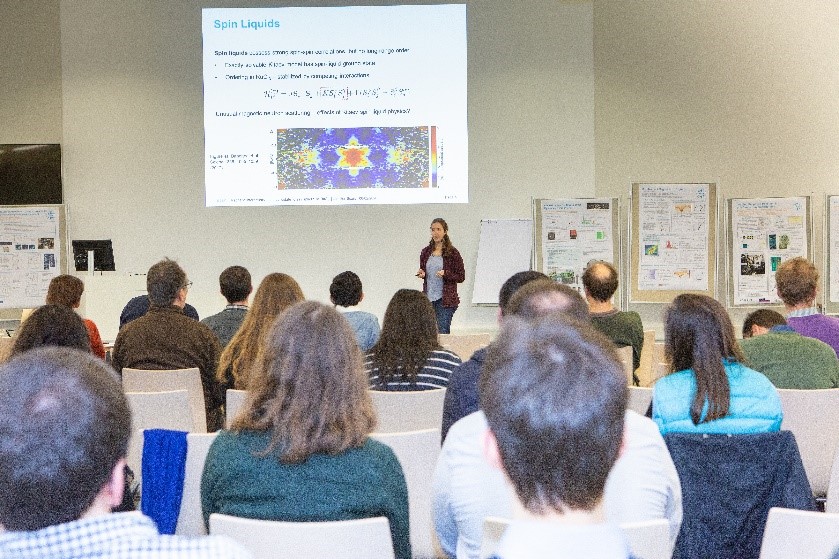NanoMat Science Day 2021
The goal of this workshop is to foster discussion between scientists working in different groups in DESY Photon Science in the field of nano- and materials science (NanoMat). Synergies and common research interests can be identified and future collaborations established. The workshop covers in its three sessions main activities of NanoMat, such as Hierarchically structured materials under complex environments, Water in confinement and technology, as well as materials and x-ray methods for quantum computing. Each session will be introduced by NanoMat scientists reviewing the present research and future challenges in the corresponding fields. Postdocs and PhD students are strongly encouraged to submit proposals for talks and posters for the sessions. The program will be compiled by the session chairs. It is also open for interested guests from other DESY groups.
The 2021 event will be fully on-line, in the hope, that 2022 we can come back to an “in person” event!
Deadline for the submission of your contribution (title!): 25.1.2021

